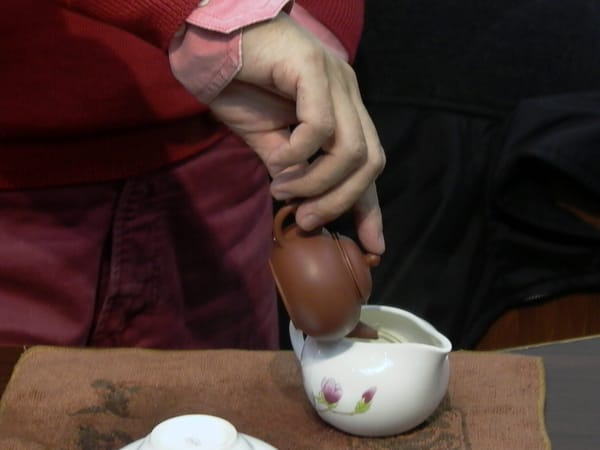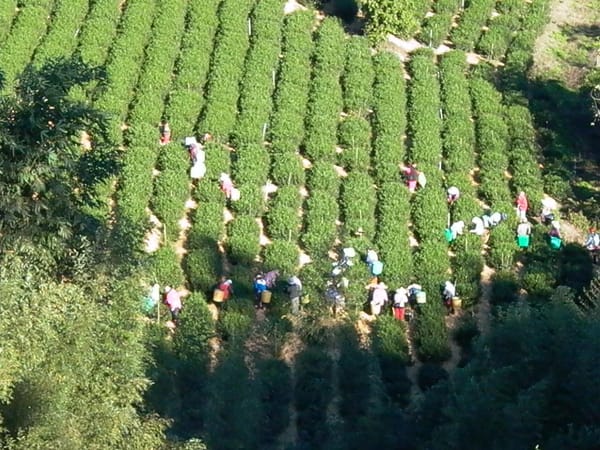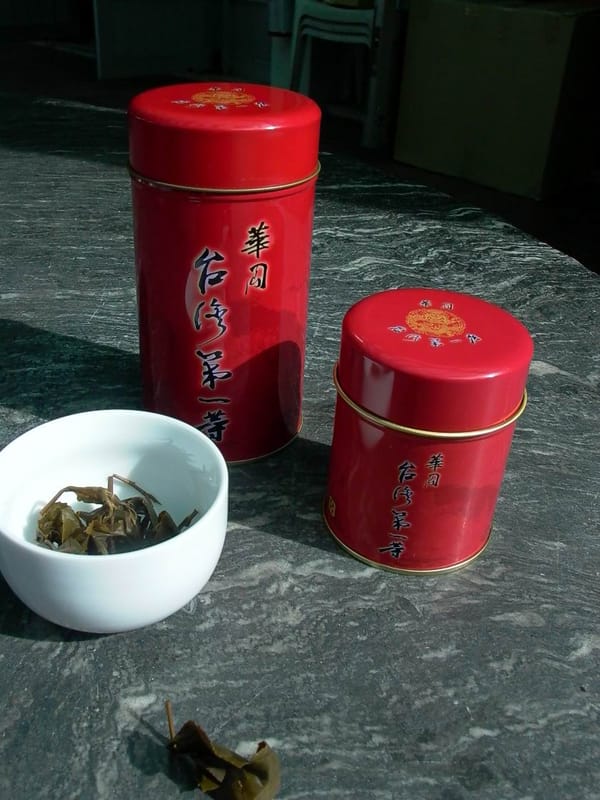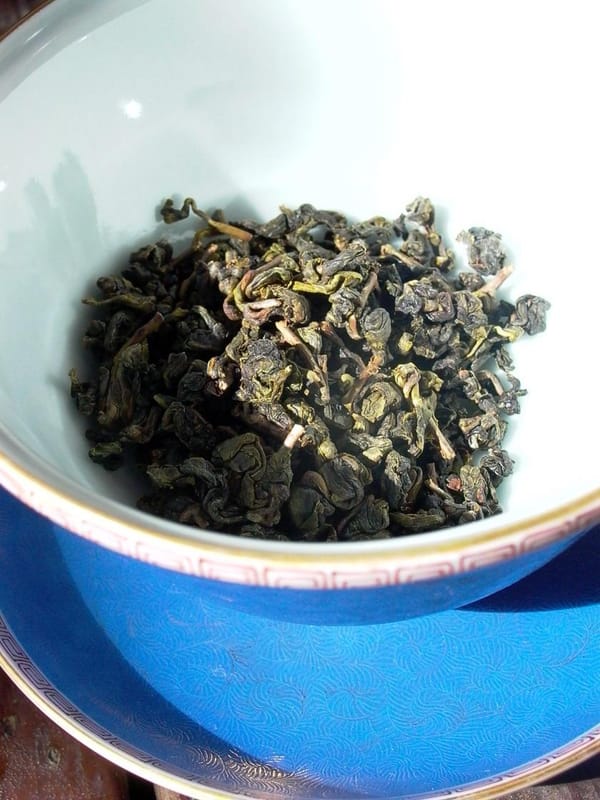Why can a pot of good Oolong tea be steeped from morning to afternoon, each infusion offering a new aroma and flavor? When you see a tea master brew the same batch of tea eight, ten, or even more times—each cup still sweet and lingering—do you wonder about the science behind it?
Many tea enthusiasts share a similar observation: green tea usually becomes bland after three brews, and black tea loses its charm after the fourth or fifth. Only Oolong tea continues to reveal its rich layers over prolonged infusions. From the floral freshness of the first steep to the mellow richness in the middle, and the sweet aftertaste in later brews—each stage has its own unique appeal.
Let’s explore the science behind Oolong tea’s brewing endurance and understand how its internal compounds are gradually released through multiple infusions. In particular, why is Dong Ding Oolong a classic example of this endurance?
The Science Behind Tea Solubles
To understand why Oolong tea can withstand many infusions, we must first examine the composition of its soluble compounds. These include polyphenols, caffeine, water-soluble proteins, free amino acids, minerals, water-soluble sugars, pectins, and vitamins—amounting to about 30–45% of the leaf content.
These solubles are not all released at once. Depending on molecular size, solubility, and how tightly they are bound within the leaf structure, they dissolve in stages. Smaller molecules like caffeine and certain amino acids infuse quickly in the first few brews. Larger polyphenols and complex compounds take more time to dissolve fully.
Due to its semi-oxidized processing method, Oolong tea maintains moderate cell wall disruption. This preserves a wealth of internal substances while allowing for stable and sustained release during repeated brewing.
Scientific Evidence from Dong Ding Oolong
Scientific studies on Dong Ding Oolong tea provide concrete data on brewing endurance. This tea contains a total soluble solid content of 35.85%, a significant amount.
In an eight-steep test, Dong Ding demonstrated remarkable consistency: the first brew yielded 10.28% of the total solubles, with a relative extraction rate of 28.68%. From the second to the eighth brews, the extraction rate remained steady at around 24%—specifically 24.68%, 24.71%, 24.62%, 24.70%, 24.67%, 24.68%, and 24.63%.
This consistency suggests even distribution of solubles within the leaf, allowing continuous release of effective compounds. Even after eight steeps, 3.52% of the solubles remain—indicating the potential for further brewing.
The cumulative extraction increases with each steep: 10.28% after the first, 16.59% after the second, 21.35% after the third, and up to 32.33% by the eighth—close to 90% of the total content.
How Processing Impacts Brew Endurance
Oolong tea’s impressive endurance is deeply tied to its complex processing steps—wilting, fermentation, kill-green (enzymatic deactivation), rolling, and drying—all of which influence its brewing potential.
Wilting softens the leaves and activates enzymes, preparing them for oxidation. Controlled fermentation partially oxidizes polyphenols into compounds like theaflavins and thearubigins. These complex molecules dissolve more slowly, sustaining later steeps.
Rolling moderately breaks the cell walls. In Oolong production, the rolling is gentle—preserving leaf integrity while allowing solubles to release. This balance contributes to both effective extraction and structural resilience.
Dong Ding Oolong, in particular, undergoes medium oxidation, creating a stable internal structure. This results in slower, steadier release of solubles—surpassing lightly oxidized high-mountain teas in endurance.
Comparing Endurance Among Oolong Varieties
Not all Oolong teas perform equally. Traditional Dong Ding Oolong, with its deeper oxidation and stable compound structure, is especially resilient. Research shows it has lower extraction rates per steep compared to Wenshan Baozhong, meaning it lasts longer.
Lightly oxidized high-mountain Oolongs highlight fresh aromas but release compounds more quickly, making them slightly less durable over multiple brews.
Tasting Experience: The Joy of Layered Infusions
Oolong’s endurance is not just about brew count but also about flavor progression. The first and second steeps showcase delicate floral notes. The third and fourth brews reach a flavor peak—balanced and rich. The fifth and sixth reveal deeper complexity. By the seventh and eighth, while lighter, the tea expresses its purest essence.
This progression of layers is what makes Oolong tea truly delightful. Each brew has a personality. Together, they compose a narrative—a complete tea-drinking journey.
The Resilience of Oolong Tea
The superior endurance of Oolong tea stems from its rich compounds, artisanal processing, and moderate cell structure breakdown. Scientific data confirms that premium Dong Ding Oolong can be steeped eight times or more, maintaining around 24% extraction rate each time.
To fully enjoy Oolong’s resilience, choose quality traditional-style teas, use suitable teaware, and apply proper brewing techniques. Savor each steep’s transformation—from floral to mellow, bold to subtle. This is what makes Oolong the true “treasure among teas.”





